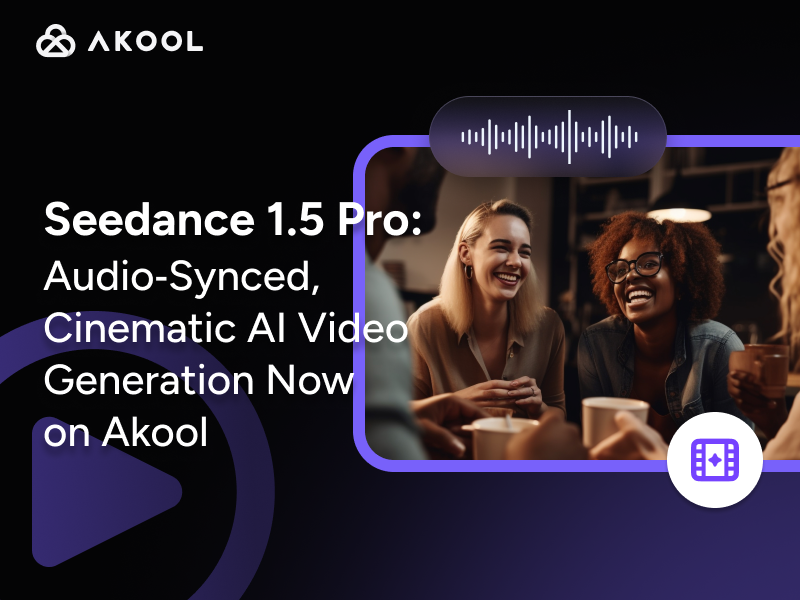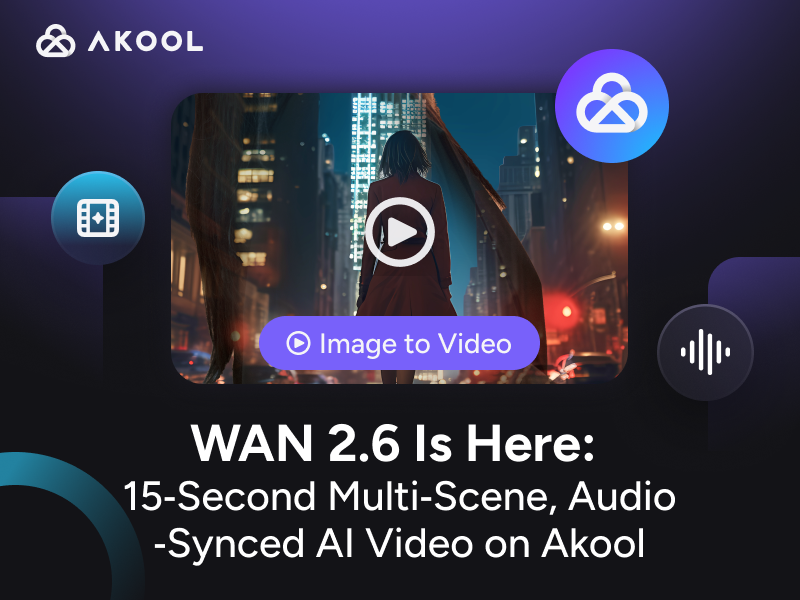Introduction to MT Domain Adaptation
MT Domain Adaptation involves fine-tuning machine translation (MT) systems to perform optimally within specific subject areas or industries. By adjusting the MT model to cater to domain-specific terminology and context, creators and agencies can achieve higher translation accuracy. This process utilizes techniques such as transfer learning and domain-specific datasets. The result? Tailored translations that resonate with target audiences, ensuring clarity and relevance in communication.
How to Use MT Domain Adaptation
MT Domain Adaptation can significantly enhance your translation projects by making them more accurate and relevant to specific industries or subject areas. Here's how you can effectively use it:
Understand the Basics
- Definition: MT Domain Adaptation involves modifying machine translation systems to specialize in particular industries or areas, ensuring translations use appropriate terminology and context.
- Purpose: The goal is to achieve translations that align closely with industry-specific language and cultural nuances.
Key Capabilities
| Key Capability | Description |
|---|---|
| Specialization | Tailors translations to niche fields, making them highly relevant. |
| Accuracy | Improves the precision of translations by incorporating domain-specific terms and phrases. |
| Cultural Relevance | Ensures translations resonate with the target audience's cultural context. |
Steps to Implement MT Domain Adaptation
Identify the Domain: Determine which specific industry or subject area your translation project focuses on, such as legal, medical, or marketing.
Collect Domain-Specific Data: Gather relevant texts, documents, and terminologies that are specific to your chosen domain. This forms the foundation for training the MT model.
Use Transfer Learning: Start with a general pre-trained MT model and apply transfer learning techniques. This involves refining the model with your domain-specific data to enhance its accuracy for your specific needs.
Fine-Tune the Model: Conduct iterative retraining sessions using your curated dataset. Adjust the model's parameters to better capture the nuances and terminologies of your domain.
Evaluate and Adjust: Use domain-specific evaluation metrics (e.g., tailored BLEU scores) to assess the model's performance. Make necessary adjustments based on this feedback to further refine the translation quality.
Deploy and Monitor: Once satisfied with the model's performance, deploy it for use. Continuously monitor its translations to ensure ongoing quality and relevance.
Useful Formulas
| Formula | Description |
|---|---|
| Transfer Learning Formula | ( \text{New Model} = \text{General Model} + \text{Domain-Specific Data} ) |
| Evaluation Metric | BLEU score customized for domain-specific tasks = (\text{Precision of n-grams} \times \text{Brevity Penalty}) |
By following these steps and utilizing these techniques, creative agencies and creators can leverage MT Domain Adaptation to produce translations that are not only linguistically precise but also contextually meaningful and engaging for their audience.
Applications of MT Domain Adaptation
MT Domain Adaptation is widely used across various sectors to enhance translation accuracy and relevance. Here are some key applications:
E-commerce Localization: Adapts translations to specific product categories, improving customer experience by using industry-specific terminology.
Healthcare and Pharmaceuticals: Ensures medical documents and labels are translated with precise medical terminology, reducing risks of misinterpretation.
Legal Documentation: Tailors translations to legal jargon, ensuring that contracts and legal texts maintain their intended meaning.
Marketing and Advertising: Customizes translations for regional marketing campaigns, aligning with local cultural nuances and idioms.
Technology and Software: Adapts user manuals and software interfaces to industry-specific language, enhancing user comprehension and satisfaction.
These use-cases highlight the versatility and necessity of MT Domain Adaptation in maintaining translation quality across diverse industries.
Technical Insights into MT Domain Adaptation
MT Domain Adaptation optimizes machine translation models for specific fields by incorporating domain-specific knowledge. This involves several advanced techniques:
Transfer Learning: Builds on a pre-trained general MT model, refining it with domain-specific data to improve context and terminology accuracy. This process involves adjusting the model's parameters to cater to specialized vocabularies and linguistic nuances.
Domain-Specific Datasets: Curating corpora that reflect the language use in a particular domain is crucial. These datasets train the MT system to recognize and accurately translate industry-specific jargon, idioms, and context-sensitive phrases, ensuring more precise translations.
Fine-Tuning: This step involves retraining the MT model using the domain-specific dataset. It adjusts the model's weights and biases to enhance translation quality in the targeted domain. The process is iterative, often requiring multiple training cycles to achieve desired accuracy.
Evaluation Metrics: Custom evaluation metrics, such as BLEU scores tailored for domain-specific tasks, are employed to measure the system's performance. These metrics provide insights into how well the adapted model translates within the domain, guiding further refinement.
By employing these techniques, MT Domain Adaptation ensures translations are not only linguistically accurate but also contextually relevant.
Useful Statistics on MT Domain Adaptation
When considering the integration of Machine Translation (MT) Domain Adaptation into your workflow, it's essential to understand the impact it can have on translation quality and efficiency. Below are some key statistics that highlight the benefits and current trends in MT Domain Adaptation:
Improved Translation Accuracy: Recent studies indicate that domain-adapted MT models can improve translation accuracy by up to 30% compared to generic MT models. This improvement is particularly significant in specialized fields such as medical, legal, and technical documentation, where precise terminology is crucial.
Reduction in Post-Editing Effort: According to a 2022 report, the implementation of domain-adapted MT systems can reduce post-editing effort by approximately 40%. This reduction means that translators and editors spend less time correcting machine-generated translations, leading to faster project turnaround times.
Increased Adoption Rate: A survey conducted in early 2023 found that 65% of companies using MT have implemented some form of domain adaptation. This statistic underscores the growing recognition of the value that domain-specific models bring to enhancing translation quality and efficiency.
ROI on Domain Adaptation: Businesses that adopted domain-adapted MT systems reported an average return on investment (ROI) increase of 20% within the first year. This is attributed to both cost savings in translation processes and improved market reach through more accurate localization.
These statistics demonstrate the tangible benefits of MT Domain Adaptation, making it a valuable consideration for creators, developers, and agencies looking to enhance their translation processes. By investing in domain-specific MT models, you can achieve higher translation quality, reduce manual editing efforts, and ultimately improve project efficiency and outcomes.
MT Domain Adaptation FAQ
What is MT Domain Adaptation?
MT Domain Adaptation refers to the customization of machine translation systems to improve their performance in specific subject areas or industries, ensuring that the translations are more accurate and contextually relevant.
How does MT Domain Adaptation improve translation accuracy?
By tailoring the machine translation model to specific domain data, MT Domain Adaptation enhances translation accuracy by incorporating industry-specific terminology and context, leading to more precise and relevant translations.
Why is MT Domain Adaptation important for businesses?
For businesses, MT Domain Adaptation is crucial because it ensures that translations align with industry-specific jargon and nuances, which is essential for maintaining brand voice and meeting regulatory requirements in different markets.
What types of industries benefit most from MT Domain Adaptation?
Industries such as legal, medical, finance, and technology benefit significantly from MT Domain Adaptation due to their reliance on precise and industry-specific language that general machine translation systems might not handle well.
How can I implement MT Domain Adaptation in my translation workflow?
To implement MT Domain Adaptation, you can integrate a specialized MT service into your translation workflow, which involves training the model on your domain-specific data to improve its accuracy and relevance.
What is the difference between MT Domain Adaptation and general machine translation?
MT Domain Adaptation is specifically tailored to handle the vocabulary and context of a particular industry, while general machine translation provides broad, non-specialized translations that may lack the precision required for specific domains.
How does MT Domain Adaptation handle industry-specific terminology?
MT Domain Adaptation uses domain-specific datasets to train the translation model, ensuring that it accurately recognizes and translates industry-specific terminology, leading to more contextually appropriate translations.
Can MT Domain Adaptation be used for multilingual projects?
Yes, MT Domain Adaptation can be applied to multilingual projects, allowing businesses to maintain consistency and accuracy across different languages while still adhering to the specific linguistic and contextual needs of each domain.
Internal Linking
To further explore the concepts and applications of MT Domain Adaptation, you can refer to the following resources available on our platform:
- Learn more about MT Domain Adaptation on akool.com.
- Discover insights into AI Tools for translation on akool.com/ai-tools.
- Explore AI-driven Translation Solutions at akool.com/ai-tools/translation.
- Read about the impact of AI on translation at akool.com/impact-ai-translation.
- Find out how MT Domain Adaptation enhances localization on akool.com/localization.
- Understand the role of AI in industry-specific translations at akool.com/industry-ai-tools.
- Learn about the future of AI in translations on akool.com/future-ai.
- Get insights into AI tools for businesses at akool.com/ai-tools-for-business.




